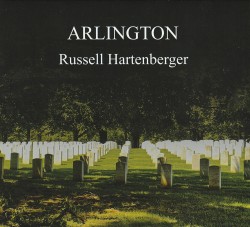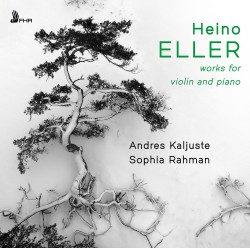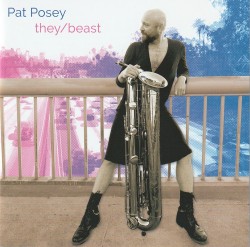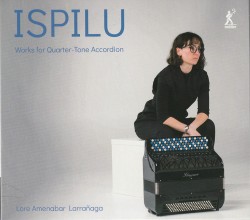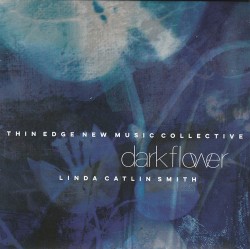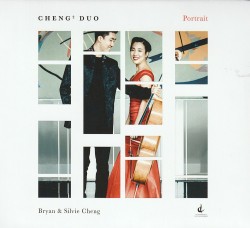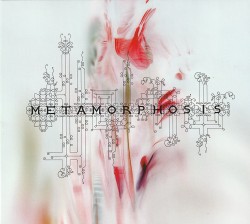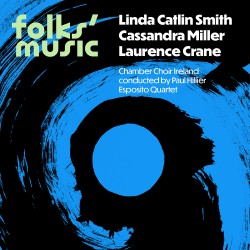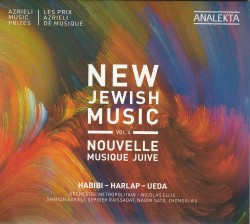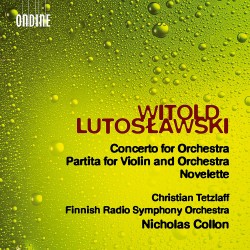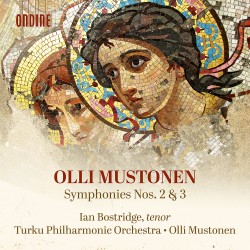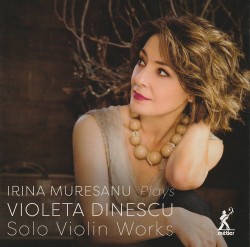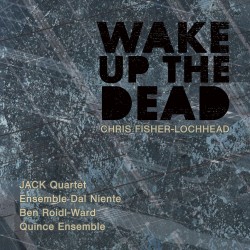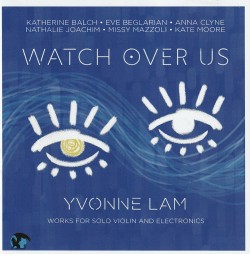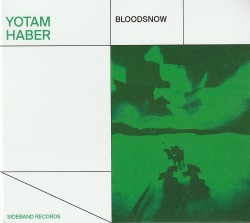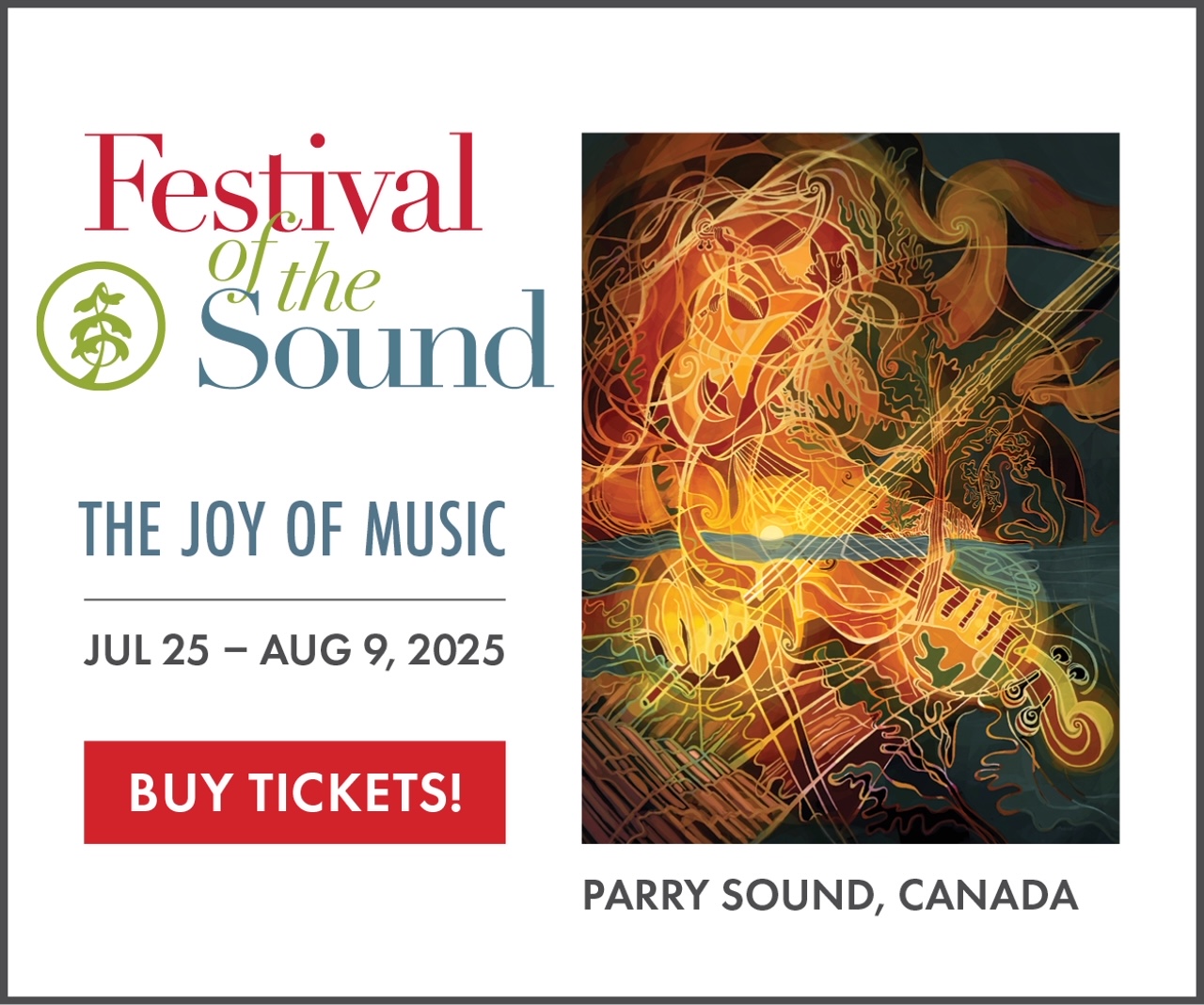Samuel Jones: Three Concertos - Joseph Alessi; Jeffrey Khaner; Michael Ludwig; Boston Modern Orchestra Project; Gil Rose
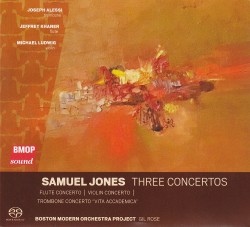 Samuel Jones – Three Concertos
Samuel Jones – Three Concertos
Joseph Alessi; Jeffrey Khaner; Michael Ludwig; Boston Modern Orchestra Project; Gil Rose
BMOP Sound 1095 (bmop.org/audio-recordings)
“My music always has a lyrical basis,” writes American Samuel Jones (b.1935). That’s evident as three superb soloists join with the Boston Modern Orchestra Project conducted by Gil Rose.
Montreal-born Jeffrey Khaner, principal flute of the Philadelphia Orchestra, ranges from haunting plaintiveness to breathless exuberance in Flute Concerto (2018). Lament memorializes two brothers – Jones’ and Khaner’s. Interludio is a cheerful scherzo. Dream Montage – The Great Bell: America Marching incorporates familiar patriotic tunes, Jones’ hymn The Great Bell Rings for All and a jubilantly ascending, final flourish from the flute.
New York Philharmonic principal trombone Joseph Alessi brings mellow tone and technical wizardry to Jones’ Trombone Concerto, subtitled Vita Accademica (2009). The trombone represents a university student and Jones has composed what he calls “a universalized ‘Alma Mater’ and a stylized ‘Fight Song’.” Andante vigoroso is warmly sentimental; Romanza: Andante amabile is a tender love song. Chimes launch Allegro moderato, the student’s triumphal graduation.
Violin Concerto (2014) begins darkly. Andante con moto features ominous, softly throbbing timpani, grumbling winds and menacing orchestra tuttis, the violin alternating between a sombre, upward, yearning melody and agitated downward figurations, all ending in tentative serenity. In Larghetto con moto: Largo cantabile the violin sings a long-lined, sweetly nostalgic melody over a gentle chordal cushion. Allegro inquieto ed appassionato mixes rapid violin passagework with yet more extended lyricism. Michael Ludwig, former Buffalo Philharmonic concertmaster, brilliantly masters the expressive and virtuosic extremes of this splendid concerto.


